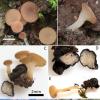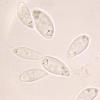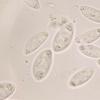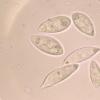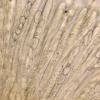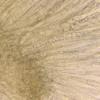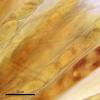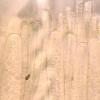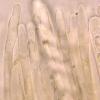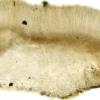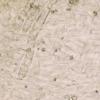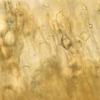
13-01-2026 07:28
 Danny Newman
Danny Newman
Chlorociboria glauca on indet. decorticate logThe

13-01-2026 08:43
 Danny Newman
Danny Newman
Tricladium varicosporioides on indet. decorticate

07-01-2026 22:22
 Danny Newman
Danny Newman
Tatraea sp. on indet. hardwood The Swag, Great Sm

13-01-2026 09:10
 Danny Newman
Danny Newman
Dasyscyphella chrysotexta on indet. decorticate ha

13-01-2026 10:13
 Danny Newman
Danny Newman
Cordieritidaceae sp. on indet. wood w/ Hypoxylon s

13-01-2026 07:14
 Danny Newman
Danny Newman
Neodasyscypha cerina on indet decorticate logThe S

15-01-2026 10:02
 Danny Newman
Danny Newman
Coccomyces sp. on fallen Rhododendron leavesPretty
Sclerotinia sp ¿¿¿
Valencia Lopez Francisco Javier,
05-11-2023 01:31
Apotecios recolectados en un pastizal calizo con algunos árboles de Pistacia terebinthus, en el suelo húmedo con pequeños briofitos, gramíneas sp y Phlomis sp, en el sur de España.
No he podido identificar la planta de donde proceden los esclerocios, apotecios de hasta 4mm de diámetro, de color naranja.
Los caracteres microscópicos quedan reflejados en las fotografías adjuntas.
Destacar:
Ascosporas nucleadas de 4 a 6 núcleos, de:
(18.9) 20.5 - 25 (27.8) × (7.4) 8.6 - 11.6 (12.2) µm
Q = (1.8) 1.9 - 2.6 (3.1) ; N = 33
Me = 22.8 × 10.2 µm ; Qe = 2.3
Ascas amiloides, con croziers, de:
(178.8) 182.5 - 191.2 (222) × (11.8) 11.9 - 12.4 (14.4) µm
Paráfisis ensanchada en el ápice, de 4,5/7um de ancho, en ocasiones en el tabique terminal presentan vacuolas hialinas, en otras parecen que se disuelven y no presentan este elemento.
He pensado en Sclerotinia sp, se ve muy parecida a esta colección de Rubén Martínez, http://ascofrance.com/search_forum/32259
Tampoco descarto el género Botryotinia.
Alguna idea....
Saludos a todos/as
Curro Valencia
Hans-Otto Baral,
05-11-2023 10:59

Re : Sclerotinia sp ¿¿¿
Splendid docu! Ha, this is surely the same as Ruben's which I had in the Botryotinia globosa folder. In Ruben's sample the sclerotia were collapsed and consumed. In yours they seem good. To clarify the genus it would be great to make a micro-section of the sclerotium and to check if there are any host remnants (tracheids with helical thickenings).
The lack of VBs tells more for a Sclerotinia. The best would be to obtain a sequence. My guess is that the species is a parasite of some herb, but the big spores are surprising and ujnknown in that genus.
I would appreciate that you send me your photos by mail, this is faster for me and they are surely in higher resolution.
Zotto
Valencia Lopez Francisco Javier,
05-11-2023 21:33
Re : Sclerotinia sp ¿¿¿
Hola Zotto
Muchas gracias por sus observaciones, muy amable como siempre.
Intentaré hidratar uno de los apotecios y hacer una sección a uno de los esclerocios, te tendré informado si encuentro restos del huésped.
Si, las ascosporas son sorprendentemente grandes, otra característica es que son muy variables en tamaño, tanto en el largo como en anchura muestra resultados muy desiguales.
Guardaré las muestras por si algún día me animo a secuenciarla, como bien dices parece que Sclerotinia es el género más cercano.
Te adjunto las fotografías a tu privado por WeTransfer.
Un abrazo
Curro
Muchas gracias por sus observaciones, muy amable como siempre.
Intentaré hidratar uno de los apotecios y hacer una sección a uno de los esclerocios, te tendré informado si encuentro restos del huésped.
Si, las ascosporas son sorprendentemente grandes, otra característica es que son muy variables en tamaño, tanto en el largo como en anchura muestra resultados muy desiguales.
Guardaré las muestras por si algún día me animo a secuenciarla, como bien dices parece que Sclerotinia es el género más cercano.
Te adjunto las fotografías a tu privado por WeTransfer.
Un abrazo
Curro

